Season 2 | Episode 23: Insights from Spannabis & Beyond

Summary:
- Spannabis Experience: Anders shared his personal experience at Spannabis, highlighting the vibrant social club scene in Barcelona and the excitement around cannabis culture and legalization. They particularly enjoyed the hash scene, with notable mention of Piatella Hash and its unique curing process.
- International Travel and Awareness of Pipp Horticulture: Anders discussed his surprise at the international recognition of Pipp, indicating that many attendees were familiar with the brand. They also mentioned their upcoming presence at events in Europe, inviting cultivators to engage with them.
- Concerns about Pathogen Spread Through Seeds: There was a discussion about the spread of pathogens and viruses through seeds, emphasizing the importance of responsible breeding practices and testing to prevent the transmission of diseases.
- Quality of Exhibits at Spannabis: The conversation touched on the impressive quality of exhibits at Spannabis, noting the elaborate and stylish booths, which reflected the sophistication of the European cannabis industry.
- Comparison with Other Cannabis Events: Anders and Michael compared Spannabis to other cannabis events like MJBizCon and Canna Fest, highlighting differences in atmosphere, attendee engagement, and the quality of conversations with growers.
- Upcoming Events and Engaging with Pipp Horticulture: Michael and Anders discussed their plans to attend upcoming events in Europe and encouraged listeners to engage with them at these events, promising informative discussions about cannabis cultivation.
About Cultivation Elevated
If you are a grower looking to optimize your cultivation facility or anyone looking to cultivate more in less space, then this is the show for you. Each week, join Host Michael Williamson as he travels across the country, to explore the world of vertical farming and the future of cannabis and food production through his conversations with leading industry operators, growers and executives who are demonstrating success and resilience as growers and cultivators. Each episode provides stories and key insights that will inspire and show you first-hand, how each of these companies have overcome challenges, and found their own path to success.

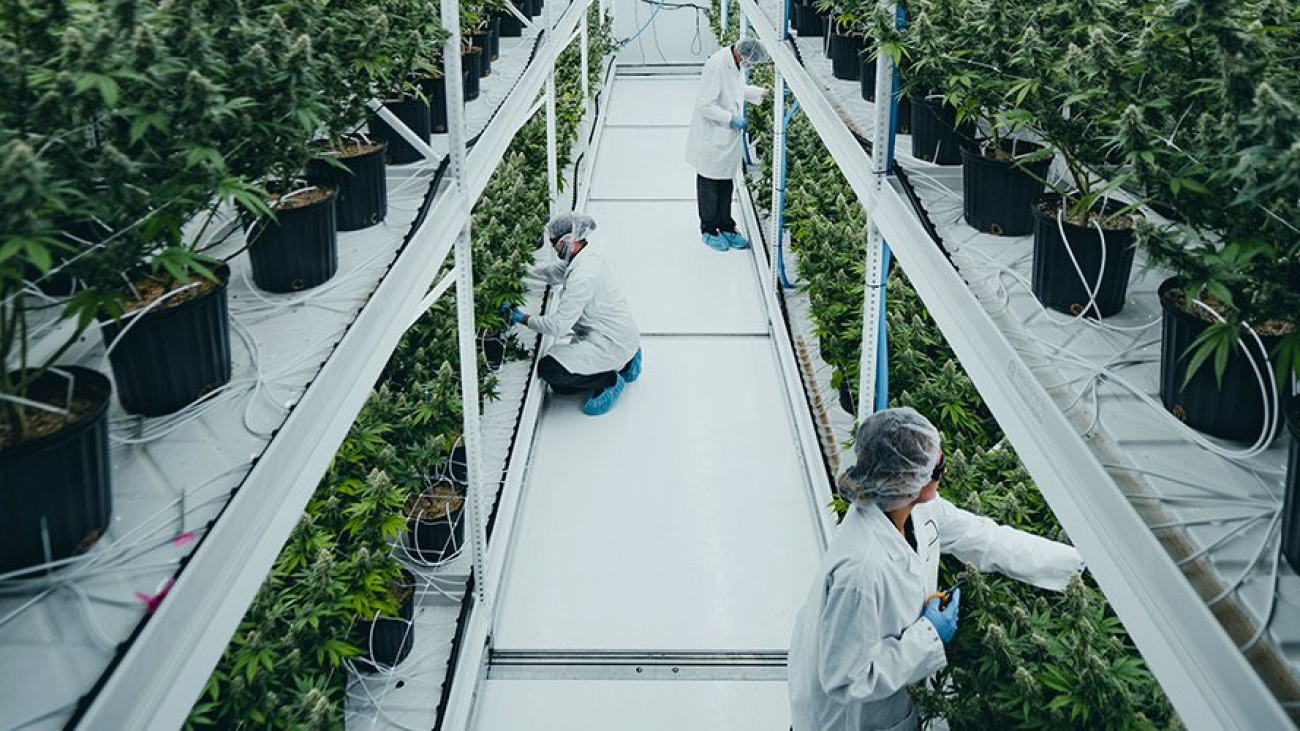
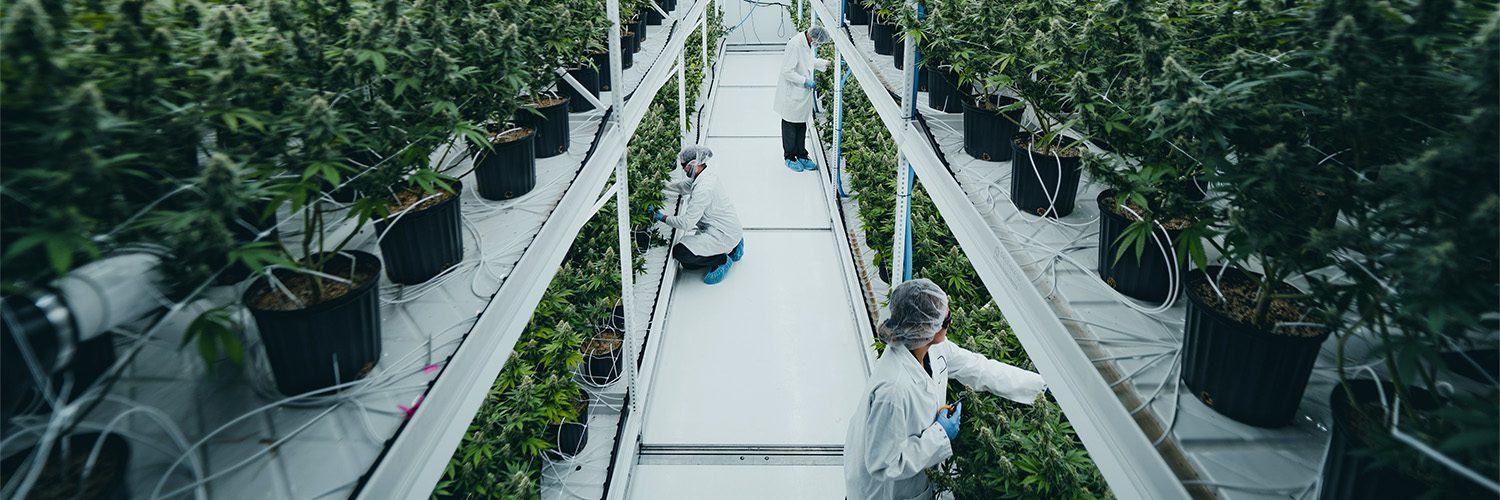
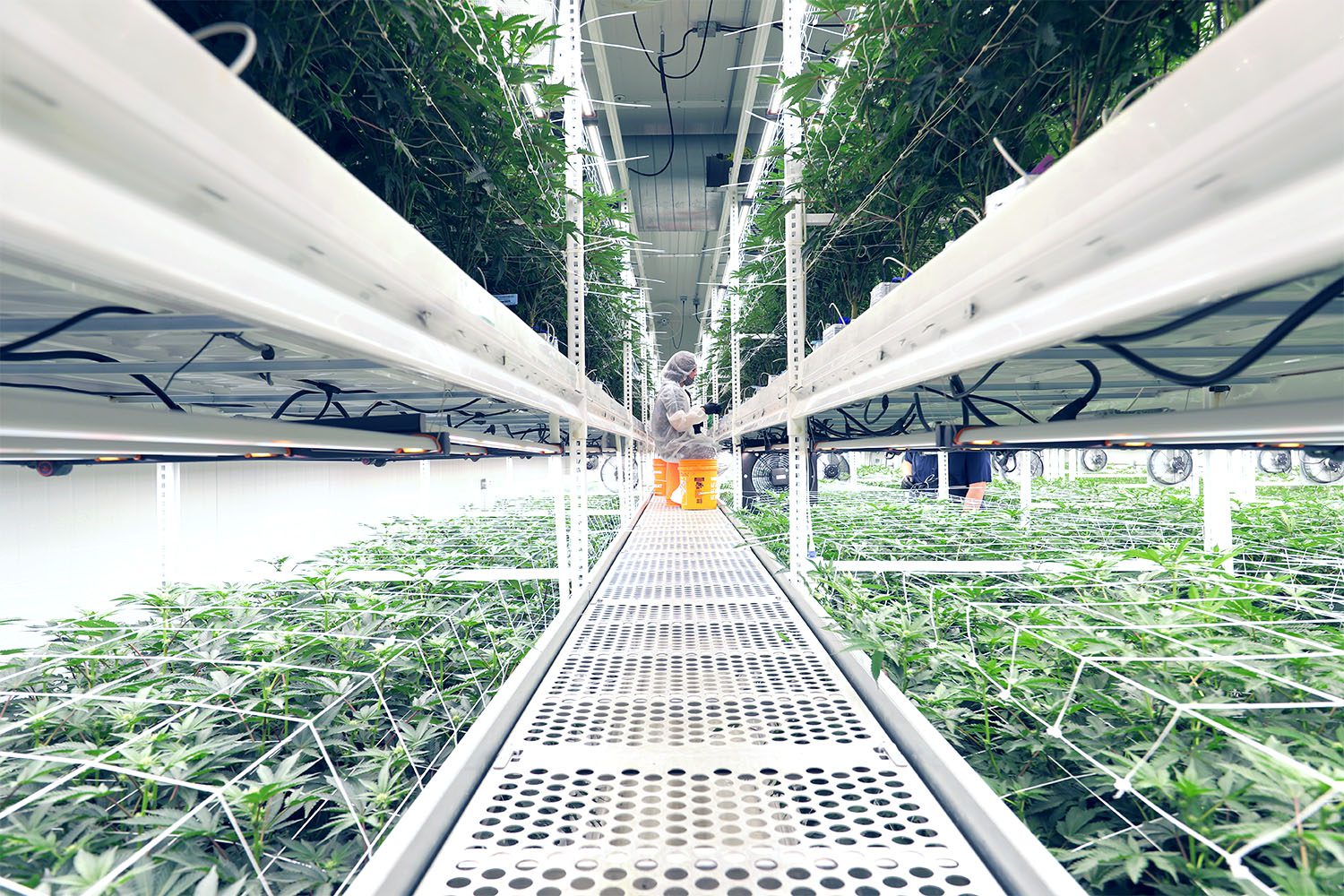
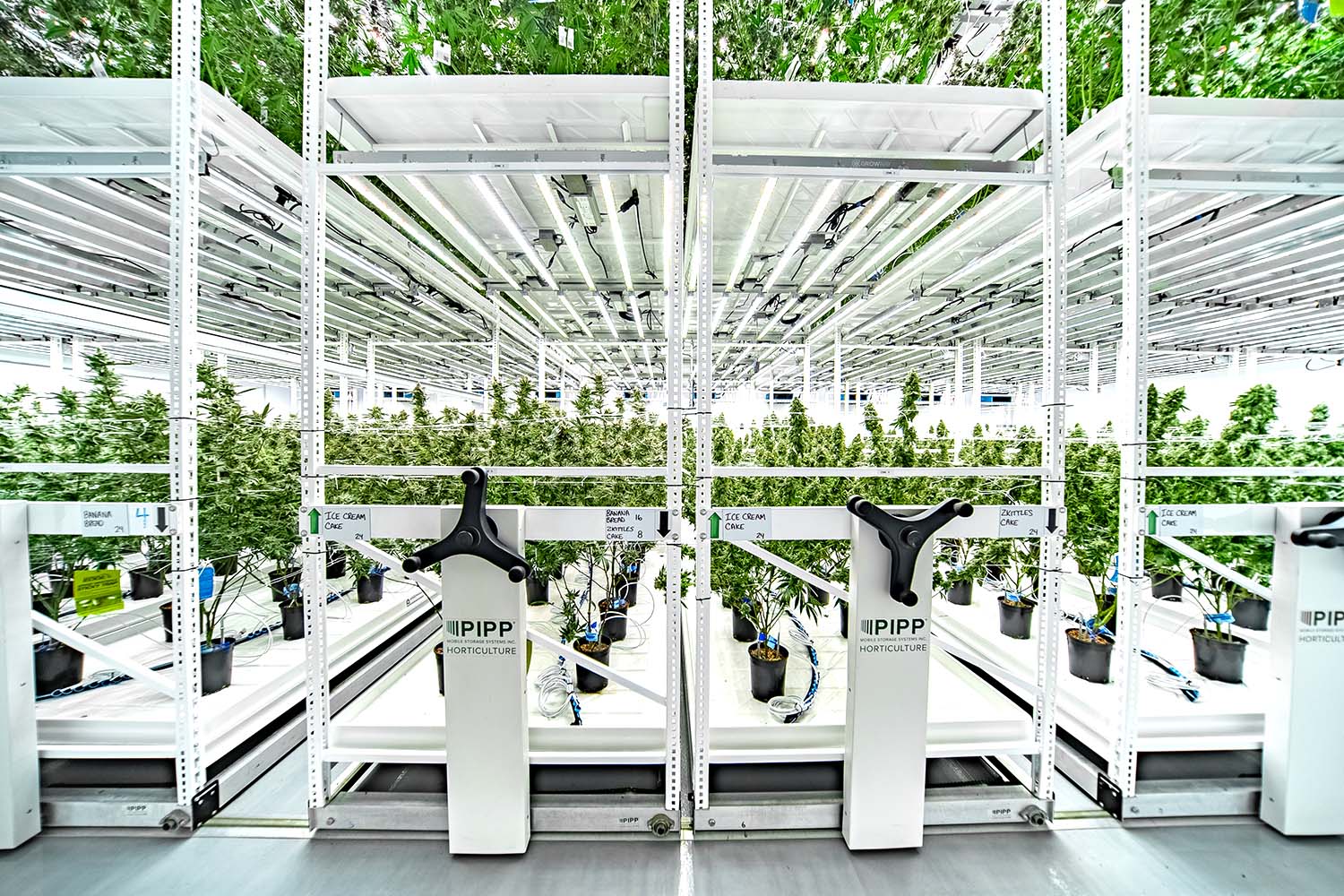
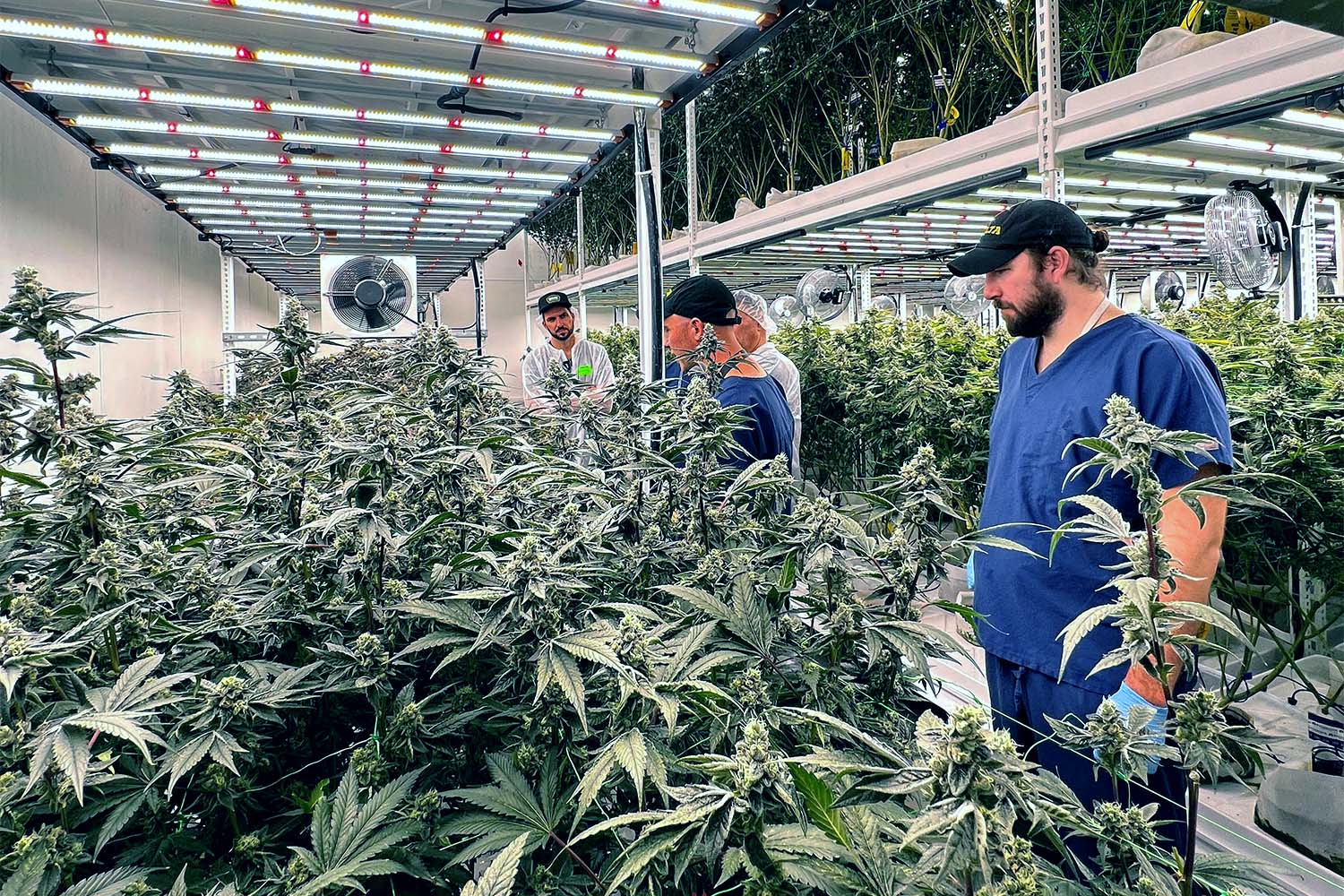
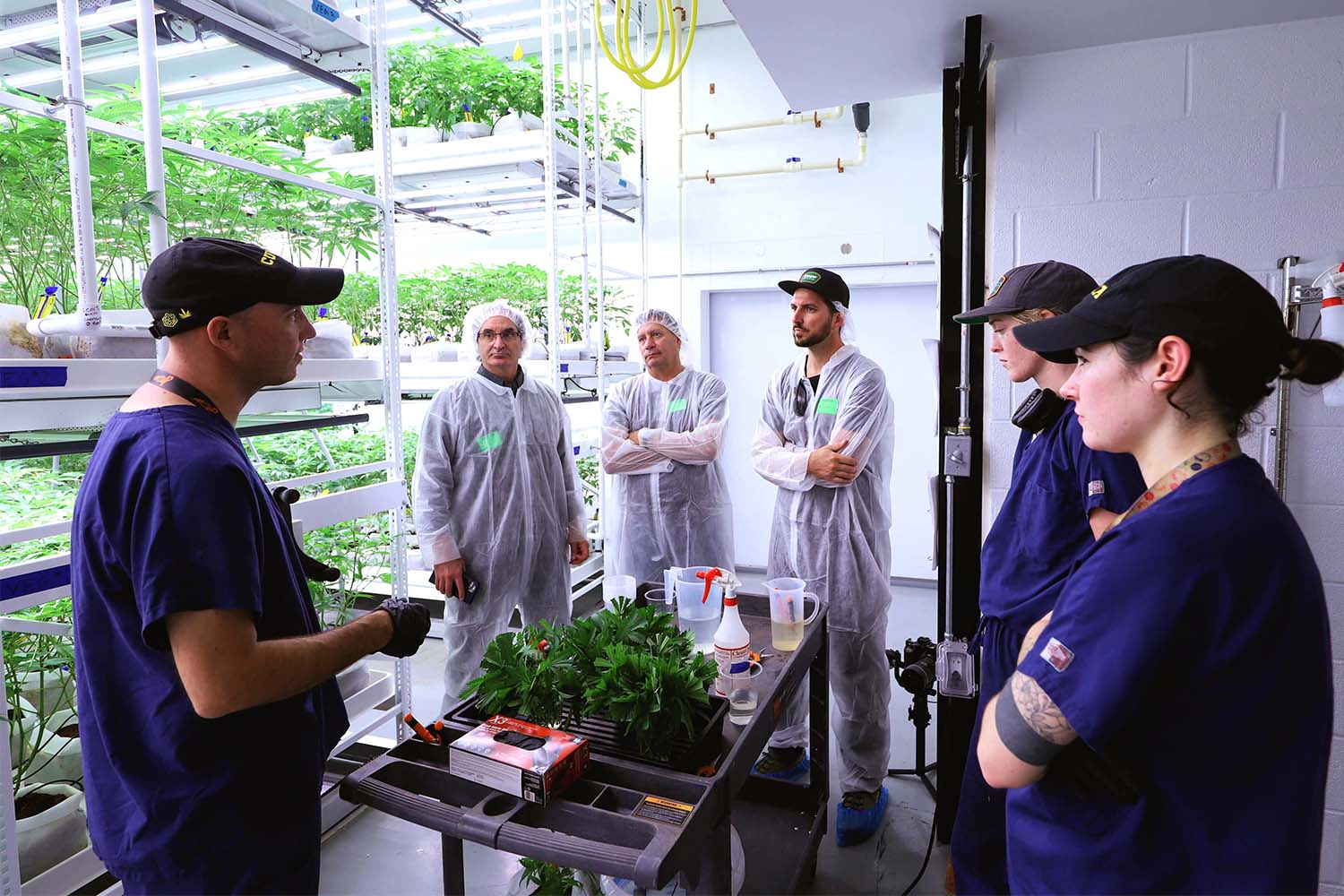
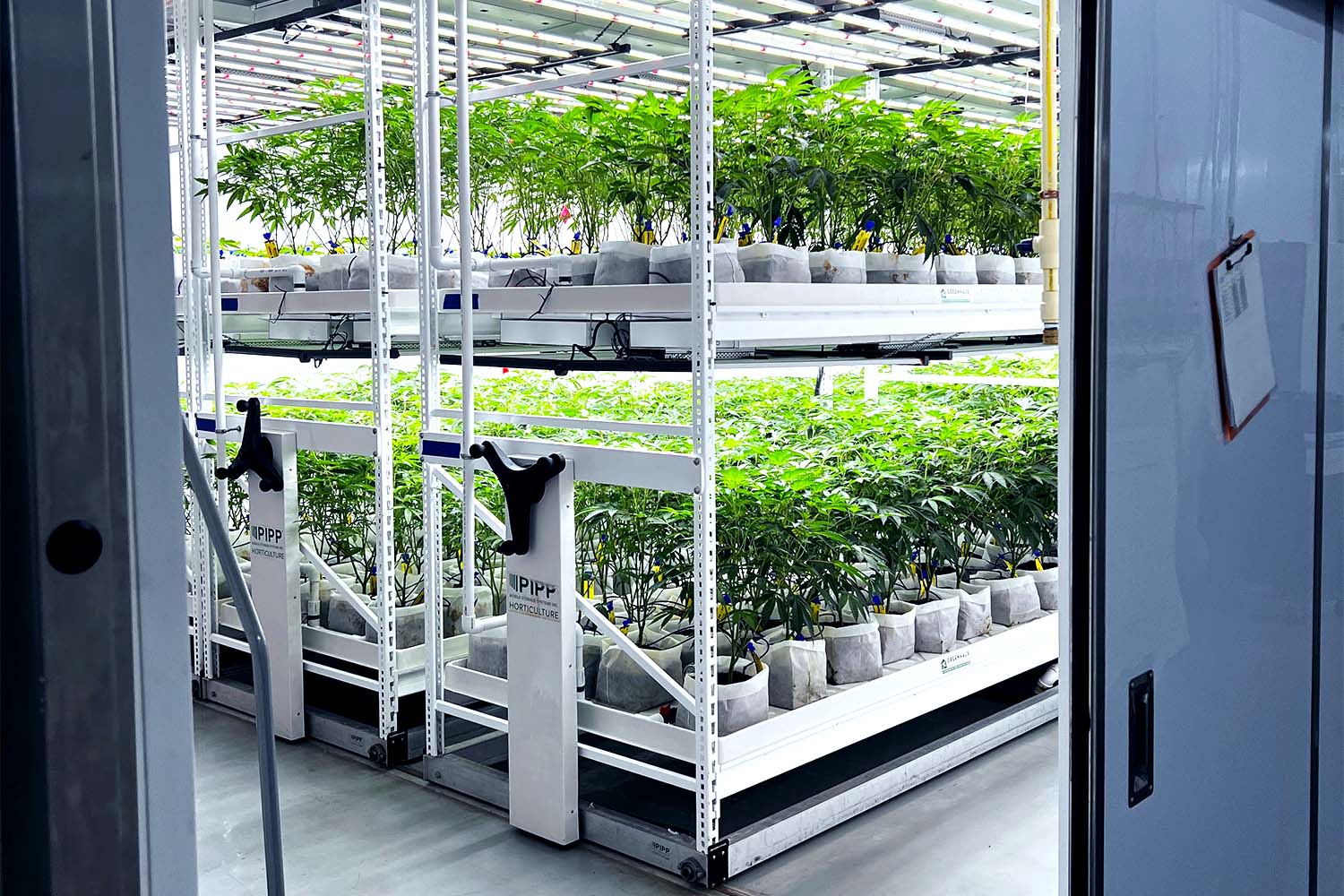
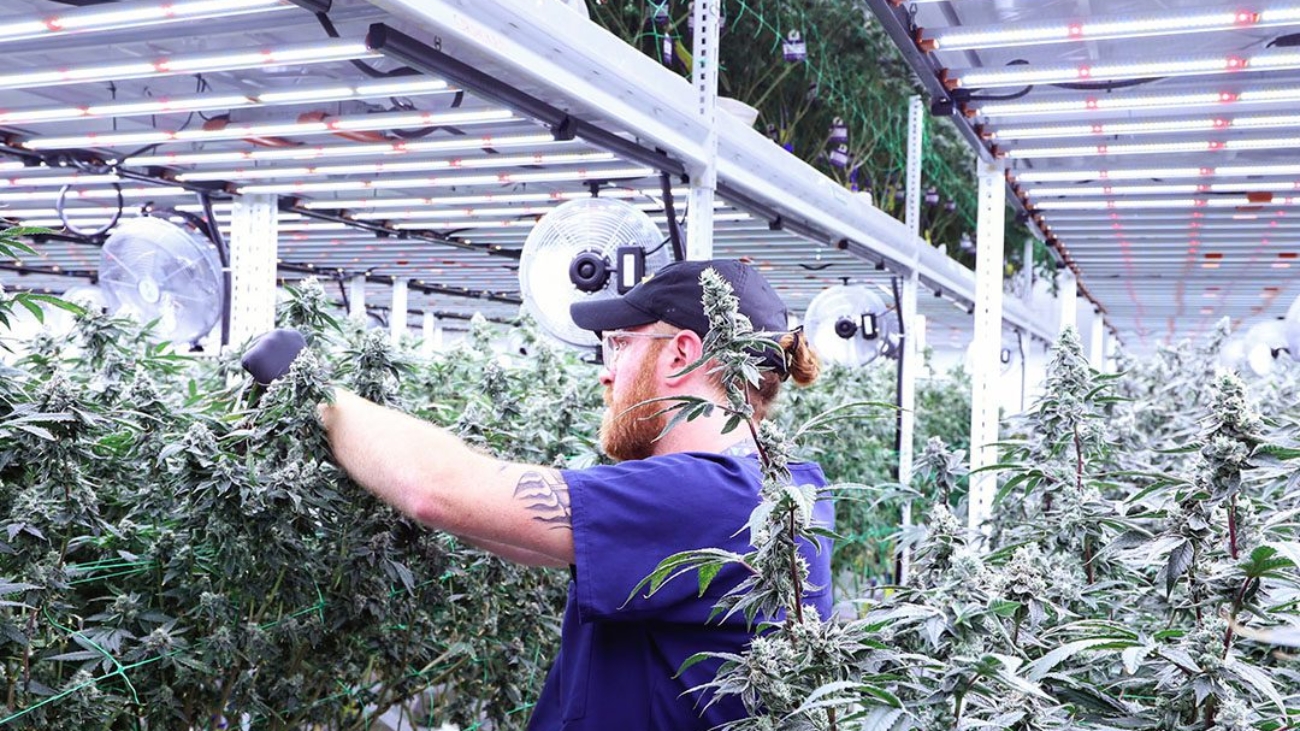
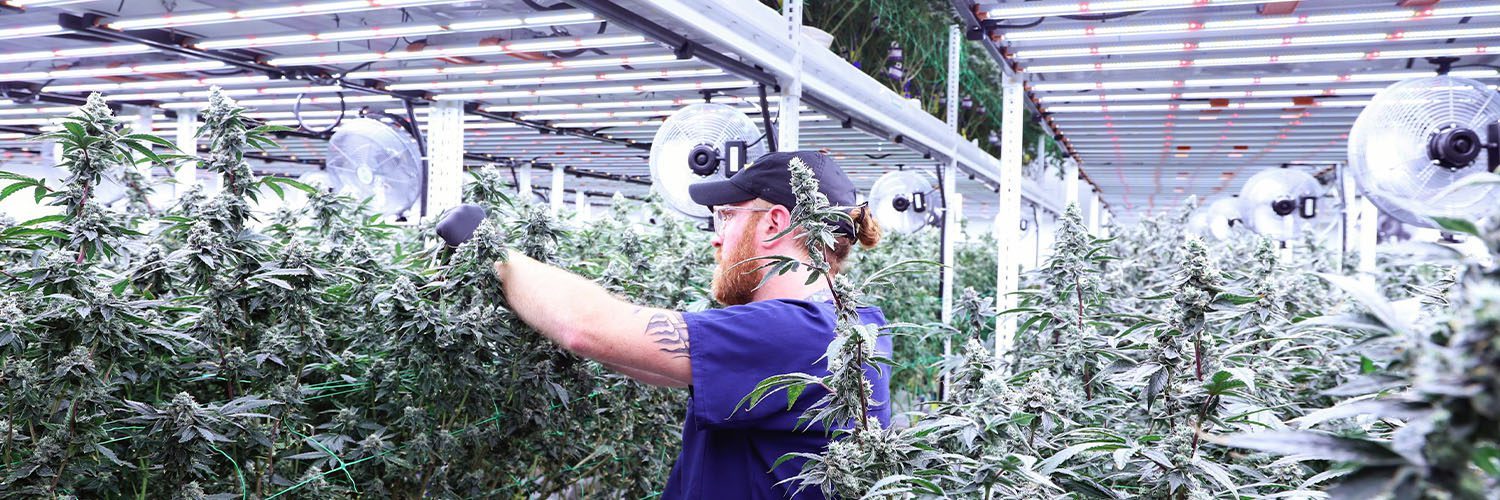
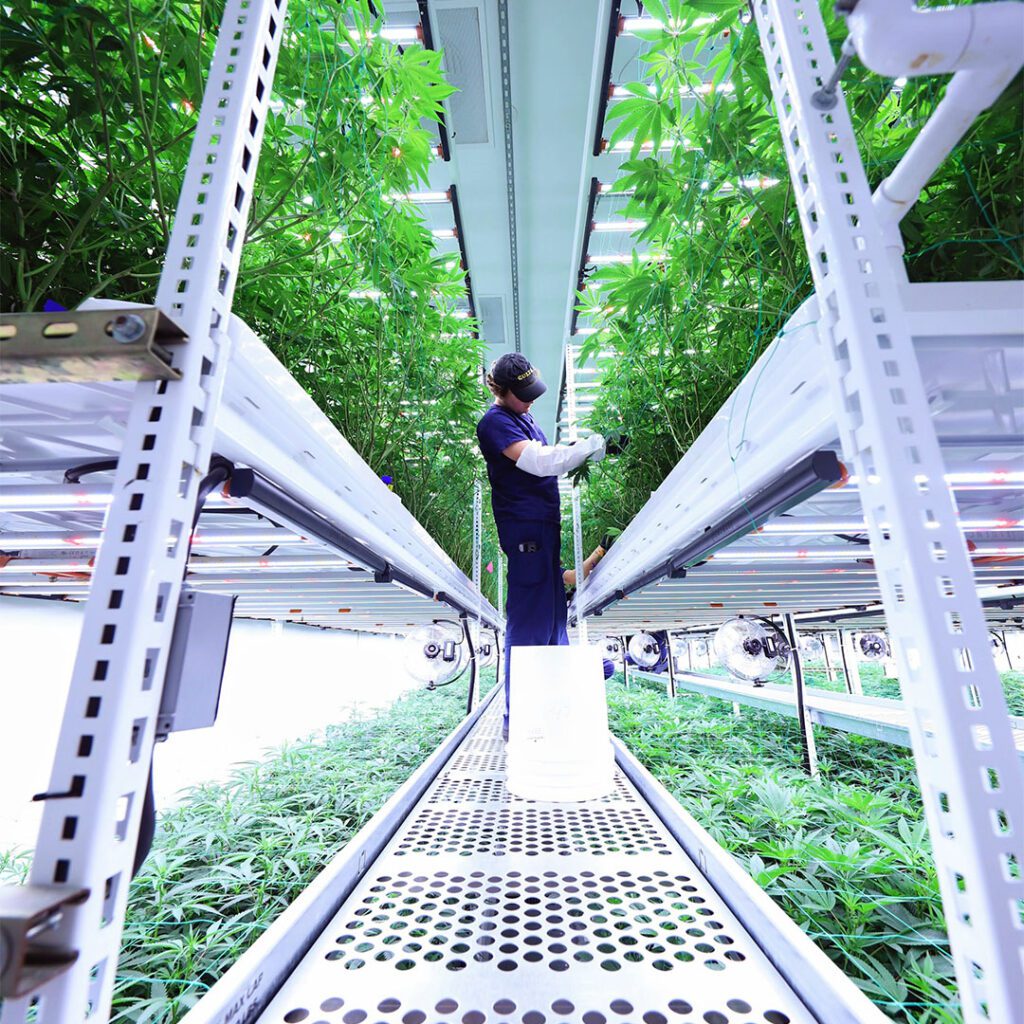 The Inverse Square Law
The Inverse Square Law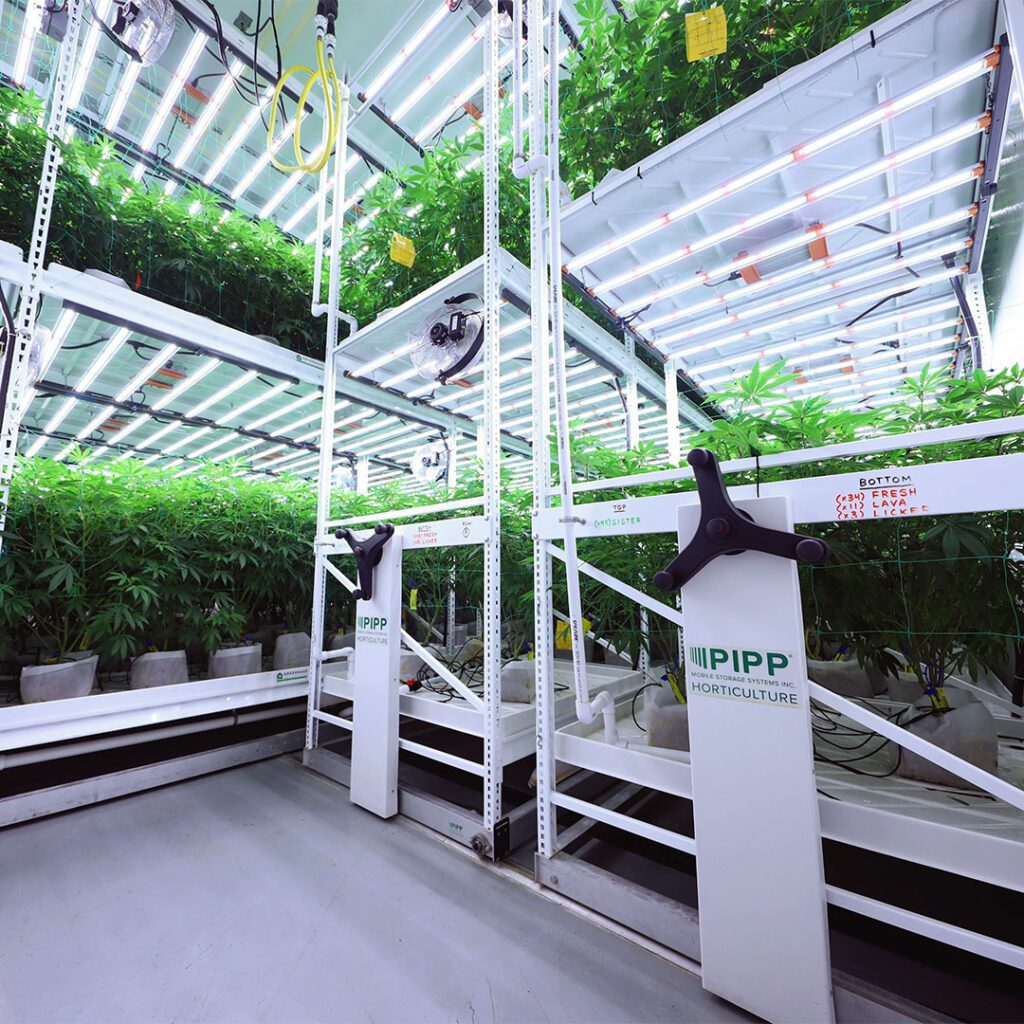 Tailoring Spectra with LEDs
Tailoring Spectra with LEDs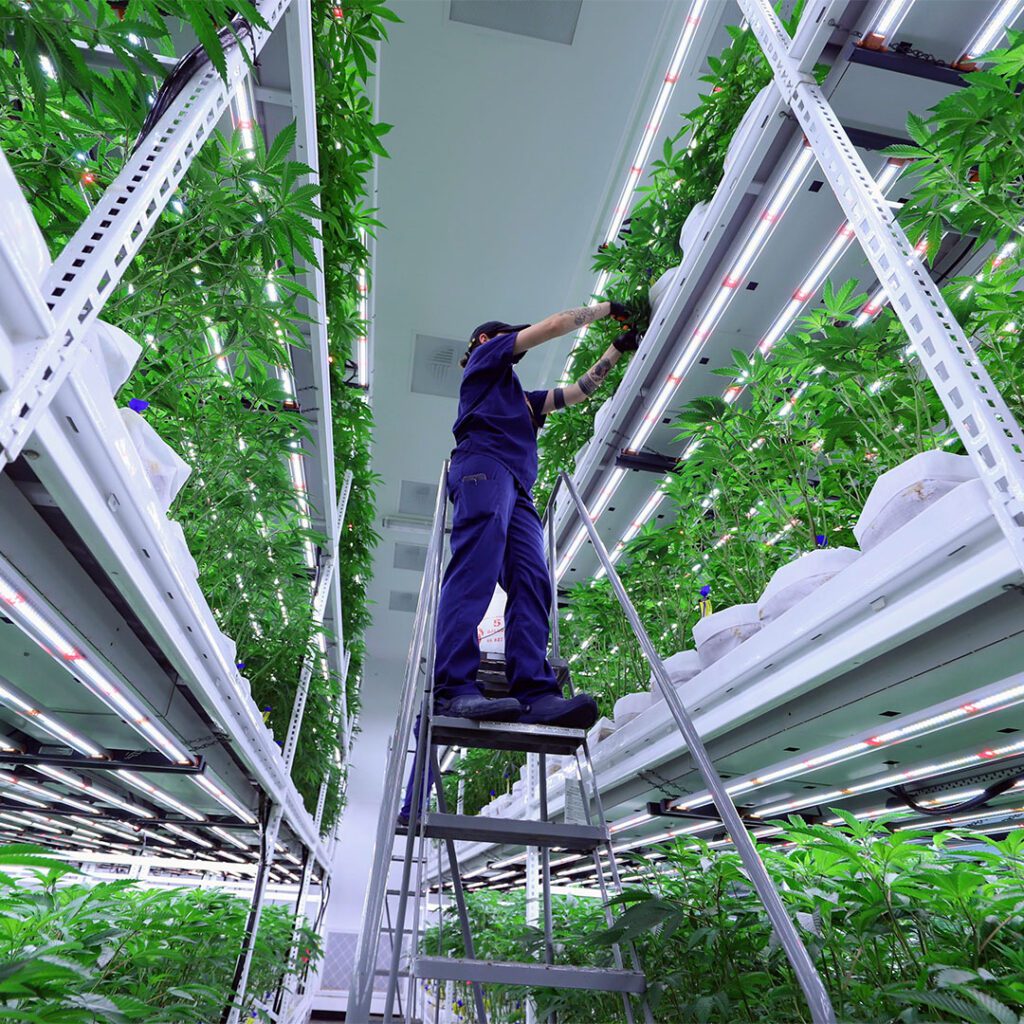 Optimizing Vertical Rack Design
Optimizing Vertical Rack Design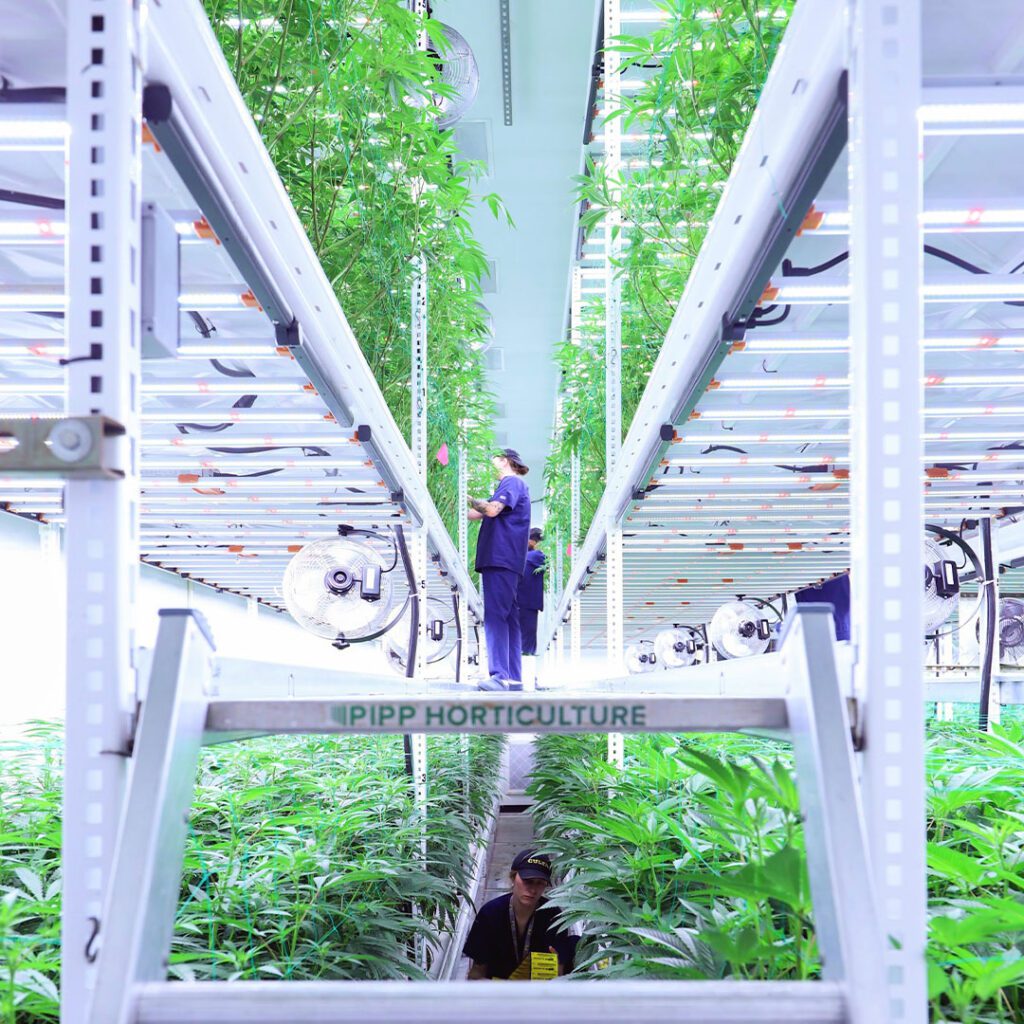 Addressing the Lower Canopy Challenge
Addressing the Lower Canopy Challenge
